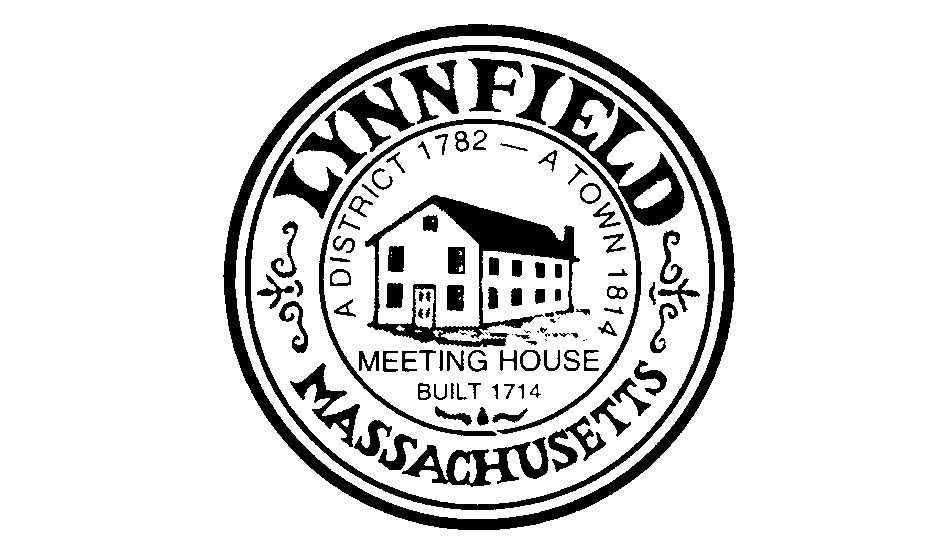By DAN TOMASELLO
LYNNFIELD — The Select Board unanimously approved a shift in the town’s tax classification on Monday.
The 1.50 shift approved by the Select Board means the tax rate will be $11.99 per thousand dollar valuation for residential property for fiscal year 2022, representing a $1.28 decrease from FY21’s tax rate of $13.92 per thousand evaluation. The commercial, industrial and personal property (CIP) tax rate will be $19.33 per thousand dollar valuation, which is four cents higher than FY21’s rate of $19.29.
The Department of Revenue is required to approve the tax rates.
Assessing Manager Meredith Stone noted that FY22 is a revaluation year and property values increased.
“The average single-family home value in FY22 is $818,833 and the average value for commercial property is $2,975,308,” said Stone. “If we use the maximum 1.50 shift, the average tax bill for a single-family home worth $818,833 would be $9,818. The average tax bill for a commercial property valued at $2,975,308 would be $57,571.”
Assistant Town Administrator Bob Curtin recalled that the town has adopted a split tax rate for the past 15 years.
“The board has generally followed the policy of adjusting the split factor to offset any relative variation in the appreciation between the two classes of property: Commercial and residential,” said Curtin. “Over the last several years, residential properties appreciated at a greater factor than commercial property. We saw an extreme acceleration of that trend this year.”
Curtin said residential property values increased by 12 percent in FY22 while commercial property values rose at about 4 percent.
“We adopted a shift of 1.37 last year,” said Curtin. “The maximum of what Lynnfield can do under current conditions is 1.50. For the first time in awhile, the tax burden is going to be shifted onto residents and businesses because we have no other place to go. It’s the cap allowed under state law.”
Curtin said the tax rate increase for residential properties represents a 5.76 percent increase while commercial properties will be experiencing a tax hike of 3.44 percent. He noted that FY22 is the first year the $18.75 million elementary schools’ expansion project appears on tax bills.
“That accounts for 1.92 percent of those increases,” said Curtin. “That is what we told taxpayers would expect. If that were taken out, it would be a 3.8 percent increase for residents and a 1.5 percent increase for the average commercial taxpayer.”
Curtin said if residential and CIP property values continue to rise next year, he said the “state allows communities to go up to 1.75 if they have reached the 1.50.”
“We won’t necessarily be up against the wall with no other place to go next year,” said Curtin. “We would have some relief, but we are currently capped by the state calculation of 1.50.”
Curtin said other communities such as Danvers, Melrose and North Andover have exceeded the 1.50 shift allowed by the Massachusetts Department of Revenue.
“This is a regional phenomenon,” said Curtin.
Stone said 51 percent of the town’s tax money is used for public education. She said 8.92 percent is used for public safety, 7.89 percent is used for the DPW, general government is 6.40 percent, unclassified is 16.97 percent and debt services is 5.54 percent.
Stone said new growth has been decreasing over the last few years.
“New growth in FY18 was $435,773,” said Stone. “New growth in FY20 was $612,396. And now in FY22, new growth is leveling off to $412,599.”
Stone said the state allows municipalities to adopt residential and small business exemptions as well as open space discounts for property taxes. She noted that the town has traditionally not provided the three exemptions to taxpayers.
There were no residents who spoke during the tax classification public hearing, and the Select Board closed it.
“Meredith has thoroughly confused everybody,” Select Board Chairman Dick Dalton joked.
“Feel free to call or email if you have questions,” said Stone in response.
Dalton expressed his support for using the 1.50 shift.
“Over the last several years, the board has chosen to adopt a split tax rate and has chosen to adjust the shift factor in order to address variations in the relative rates of appreciation in properties and the various classes,” said Dalton. “Due to the disparity in the rate of appreciation between residential properties and commercial properties, even the maximum allowable shift factor will not equalize the percentage increase on the average tax bill in both cases. It is my opinion that the board should vote for the maximum allowable shift of 1.50.”
Select Board member Phil Crawford agreed.
“We should do what we can to reduce the burden on residents,” said Crawford. “I think we should go to the maximum shift factor to take as much off the homeowners as possible.”
Select Board member Joe Connell concurred with his colleagues’ sentiments.
“After sitting down with Bob and going through the history of the past several years, I agree with the shift to 1.50,” said Connell.
The Select Board unanimously approved the 1.50 shift for FY22.





